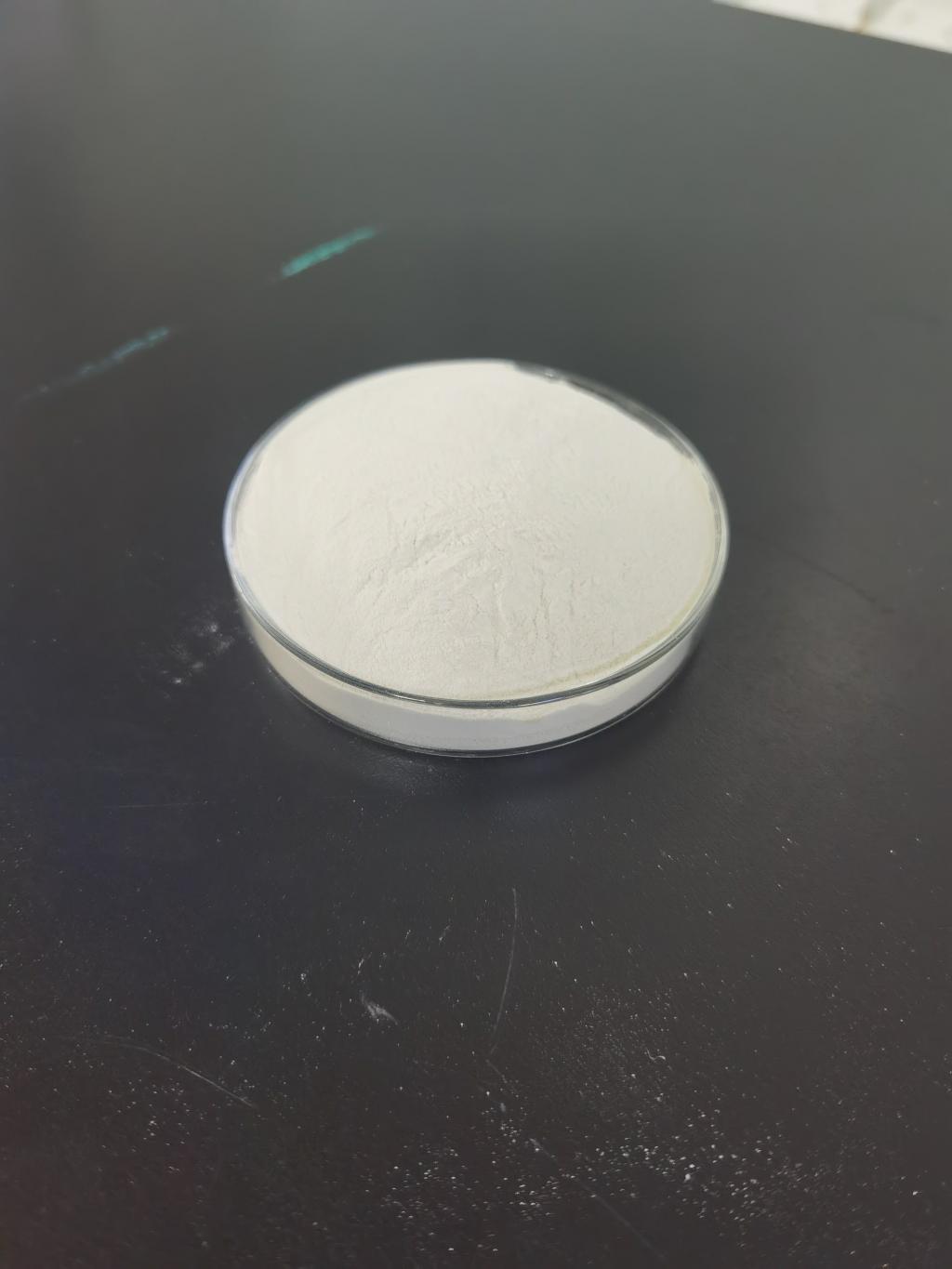Tel:+8618231198596

News
 CONTACT
CONTACT
 CONTACT
CONTACT
- Linkman:Linda Yao
- Tel: +8618231198596
- Email:linda.yao@dcpharma.cn
- Linkman:CHARLES.WANG
- Department:Overseas
- Tel: 0086 0311-85537378 0086 0311-85539701
News
Current Position:
Home >
News
>Nisin: A cost-effective solution for improving food safety standards.
Nisin: A cost-effective solution for improving food safety standards.
TIME:2024-04-19
Properties of Nisin
Antimicrobial Efficacy: Nisin exhibits remarkable antimicrobial efficacy, even at low concentrations. Its ability to inhibit the growth of various harmful bacteria makes it a valuable tool in food preservation.
Heat Stability: Unlike many traditional antimicrobial agents, nisin remains stable at high temperatures, allowing its incorporation into heat-processed foods without significant loss of efficacy.
pH Tolerance: Nisin retains its activity across a wide range of pH levels, enabling its use in acidic as well as neutral or alkaline food matrices.
Safety: Extensive studies have demonstrated the safety of nisin for human consumption, with regulatory agencies such as the FDA and EFSA granting it Generally Recognized as Safe (GRAS) status.
Applications of Nisin in Food Safety
Dairy Products: Nisin finds widespread use in the preservation of dairy products, including cheese, yogurt, and milk. Its ability to inhibit the growth of spoilage and pathogenic bacteria helps extend the shelf life of these perishable items.
Meat and Poultry: In meat and poultry processing, nisin serves as a natural preservative, combating pathogens such as Listeria and Salmonella. Its incorporation into marinades or surface coatings enhances the safety of these products.
Beverages: Nisin can be added to various beverages, including juices and soft drinks, to prevent microbial contamination and spoilage, thereby maintaining product quality and safety.
Bakery Products: Bakery items like bread and pastry often face microbial deterioration during storage. Nisin, when incorporated into dough or applied as a coating, helps control mold and bacterial growth, prolonging the freshness of baked goods.
Canned Foods: Even in canned foods where sterilization processes are employed, nisin can serve as an additional barrier against post-processing contamination, ensuring product integrity throughout shelf life.
Cost-Effectiveness of Nisin
One of the key advantages of nisin is its cost-effectiveness compared to alternative preservatives and antimicrobial agents. Several factors contribute to its economic viability:
Low Concentration Requirement: Nisin exhibits potent activity even at low concentrations, allowing for minimal usage levels in food formulations. This feature translates to lower overall ingredient costs.
Extended Shelf Life: By inhibiting microbial growth, nisin extends the shelf life of food products, reducing the frequency of product turnover and associated losses due to spoilage.
Minimal Processing Impact: Incorporating nisin into existing food processing systems typically requires minimal adjustments, minimizing additional capital investment or operational expenses.
Regulatory Approval: Nisin has garnered regulatory approval in numerous countries, facilitating its adoption by food manufacturers without significant regulatory hurdles or compliance costs.
Natural Origin: As a naturally occurring peptide, nisin aligns with consumer preferences for clean label ingredients, enhancing product appeal without necessitating costly reformulations or marketing campaigns.
Challenges and Considerations
While nisin offers compelling advantages in food safety and preservation, certain challenges and considerations warrant attention:
Resistance Development: Prolonged and widespread use of nisin could potentially lead to the development of bacterial resistance, necessitating ongoing monitoring and judicious usage practices.
Interaction with Other Ingredients: Compatibility issues may arise when combining nisin with certain food ingredients or processing conditions, requiring careful formulation adjustments and compatibility testing.
Regulatory Compliance: Despite its GRAS status, regulatory requirements and maximum usage levels vary across jurisdictions, necessitating compliance with local regulations and standards.
Consumer Awareness: Educating consumers about the safety and benefits of nisin may be necessary to alleviate concerns and promote wider acceptance of nisin-treated products.
Conclusion
Nisin stands as a testament to nature's capacity to provide effective solutions to complex challenges. As a natural antimicrobial agent, nisin offers a compelling combination of potency, versatility, and cost-effectiveness in enhancing food safety standards across diverse applications. While challenges persist, ongoing research and prudent utilization can further unlock the full potential of nisin as a cornerstone of food preservation and safety strategies, ensuring the continued delivery of safe and wholesome food to consumers worldwide.
- Tel:+8618231198596
- Whatsapp:18231198596
- Chat With Skype







